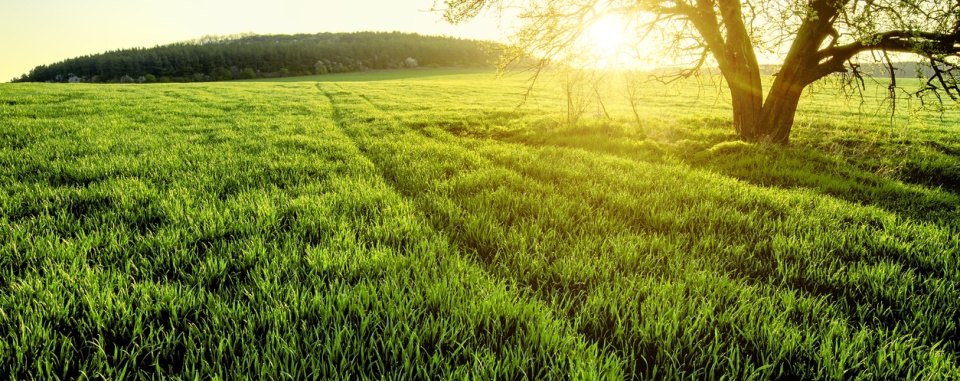What is bioenergy?

Bioenergy is a form of renewable energy generated when we burn biomass fuel. Biomass fuels come from organic material such as harvest residues, purpose-grown crops and organic waste from our homes, businesses and farms.
Why do we use bioenergy?
We need to reduce the amount of fossil fuel we burn to meet carbon reduction goals.
- Renewable source - Bioenergy is a low-carbon renewable energy that we can use to replace carbon intensive fossil fuels.
- Hard-to-reach sectors - We can use biomass fuels in cases where few renewable energy options exist, such as fuel for aeroplanes, ships and trucks.
- Carbon capture - We may be able to use bioenergy with carbon capture technology to remove CO2 from the atmosphere. Many of the future scenarios for climate-friendly energy systems rely on the use of this technology.
Bioenergy and climate change
For bioenergy to play this essential role, we need to produce and use it sustainably. Bioenergy must significantly reduce greenhouse gas emissions.
The use of organic fuel to create bioenergy releases carbon dioxide (CO2) into the air. This is offset by new plants that consume that CO2 during growth. But improper sourcing and processing of biomass for energy can also pose a risk to our climate.
Bioenergy and greenhouse gas emissionsImproved process
The use of Bioenergy can also help improve our organic waste and forest management systems.
Wood residue
Low-value tree parts are sourced from forests during felling and as part of forest care.
Farm waste
This includes animal manures, straw and food production leftovers.
Energy crops
Wheat, oilseed rape, willow, miscanthus and silage can create different fuels.
Organic waste
Food waste, used cooking oil and wood by-products are common biomass sources.
Types of biomass fuel
Biomass fuels must go through processing before they can generate energy. Modern biomass fuels are refined into several common products.
Solid fuel
Wood refineries produce wood pellets, wood chips and other types of solid fuels, typically from the by-products of day-to-day wood industry operations. This is the most common use of biomass worldwide.
Liquid fuel
Biofuel refineries make liquid fuels for transport. Biofuels made from energy crops that can also be used for food are called first generation biofuels. To enhance sustainability, the EU encourages the use of organic materials that do not compete with food production (second generation biofuels).
Biogas and biomethane
Anaerobic digestion and other renewable gas facilities produce biogas. Biogas can be upgraded to biomethane and put into the gas grid. Both biogas and biomethane can fuel heat, transport and electricity generation.